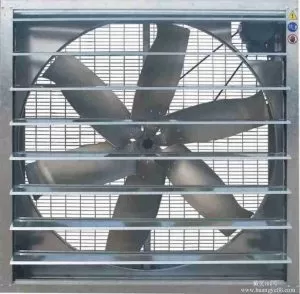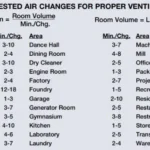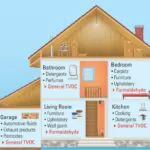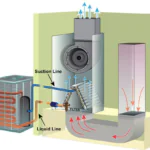When many people look for an HVAC contractor, they look for someone who can install, fix, or maintain an A/C or heating system. But the “V” in HVAC, “ventilation,” is also vital to a healthy home. Unfortunately, ventilation is often a neglected component of home health and comfort. Commercial buildings require fresh air intake, so it stands to reason that our homes may benefit from fresh air as well. Even though we have to rely on different methods than commercial buildings, we can ventilate our Central Florida homes.
Today, we’ll cover the benefits of good ventilation and a few home ventilation strategies for humid climates like ours. Some of these strategies may surprise you, so we’ll explain how they work and why they’re worth considering for many Central Florida homeowners.
BENEFITS OF GOOD VENTILATION
Houses were once built loosely and designed to have ventilation throughout the structure. However, especially as A/C became commonplace, home construction became much tighter. So, harmful gases in our homes have an easier time staying in high concentrations within the structure.
Good ventilation allows us to move air into or out of the home despite the airtightness of the structure. That is important because we may want to get rid of moisture, carbon dioxide, or allergens in the home. Lots of furniture, paints, and flooring also off-gas VOCs, which negatively affect indoor air quality. On the other side of ventilation, we may want to bring fresh air into the home to dilute odors, viruses, and other unpleasant substances in the air.
Simply put, we can’t allow particulates to move into or out of the home without some sort of ventilation system. Without a good ventilation system, we are at higher risk of headaches, allergies, and asthma.
Plus, if you control the air you bring into your home, you reduce the risk of moisture forming on surfaces. In Florida, we tend to have high dew points, meaning that the air saturation is 100% at relatively high temperatures. When the air saturation reaches 100%, some of it needs to condense to a liquid, resulting in dew or condensation. That moisture can lead to fungal growth, which can have nasty odors and even harm your health.
Now, it’s worth noting that not all ventilation systems are good for homes in certain climate zones. Some of the ventilation systems that work well in other climates (such as energy recovery ventilation) are not as effective in Florida. So, we need to take a few special considerations when we think about home ventilation strategies for Central Florida’s humid environment.
BASIC STRATEGIES: THE BATH FAN AND KITCHEN EXHAUST
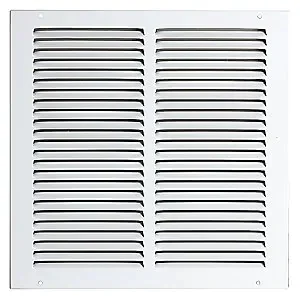
Most homes today have some of the most basic ventilation strategies on the market: bath fans and kitchen exhaust.
Bath fans and kitchen exhaust are forms of mechanical ventilation. They pull the house under negative pressure with respect to the outdoors, so moisture and odors can basically be sucked out of the building. As a result, most people use these forms of mechanical ventilation when bathing, cooking, or using the bathroom.
However, when you eject air from the house, it needs to be replaced somehow. Unfortunately, that air can come from cracks around your windows, door frames, vents, in the ceiling between the room and the attic. Attic air isn’t exactly fresh, and outdoor air isn’t being treated or dehumidified before it comes in. So, you can expel nasty particles from your home, but you can’t control the quality of the incoming air.
There has got to be a better way to bring fresh air into the home.
VENTILATING DEHUMIDIFIERS
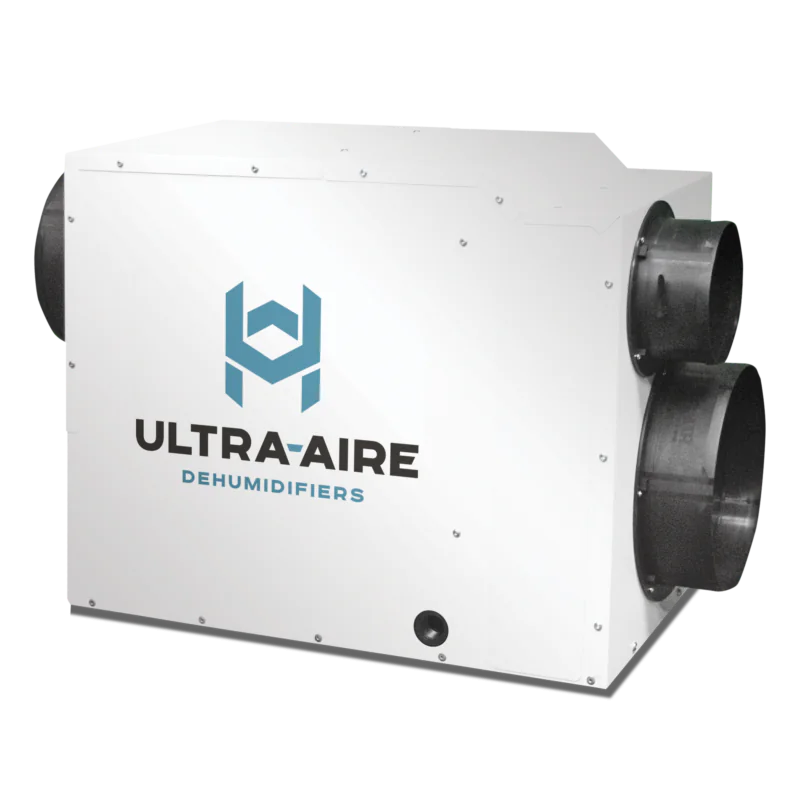
In Florida, perhaps the most effective way of bringing in fresh air is through a ventilating dehumidifier.
In many (but not all) cases, a ventilating dehumidifier ties into the supply ductwork, brings in outdoor air AND incoming supply air, dehumidifies the air, and sends that air back into the supply duct. From there, the air travels through the supply duct and out to the supply grilles of the home. There are other configurations, especially for mini-split systems, but that tends to be one of the more effective ones for typical split A/C units and heat pumps. If you want to learn more about installing a whole-home dehumidifier to see if that may be right for you, you can check out THIS article.
Now, as amazing as ventilating dehumidifiers may sound, there’s one glaring issue with them:
When we bring in outdoor air, how are we supposed to isolate pollen, fungal spores, and other unwanted particles from the fresh air?
PAIRING FILTRATION WITH VENTILATING DEHUMIDIFIER
Perhaps the best home ventilation strategy we can recommend is pairing a ventilating dehumidifier with an appropriate filter. The filter alone can catch some of the unwanted particles from the outdoors, but it won’t do much to dehumidify that air. Similarly, the ventilating dehumidifier will reduce the outdoor air’s relative humidity, but it won’t separate out the bad particles.
So, one of the best policies is to combine those. Filters that go into a dehumidifier require regular changing, just like the filter in your A/C unit. That’s an additional maintenance step to consider, but it’s just a small price to pay for better indoor air quality.
SEALING CRACKS IN THE HOME
As said before, almost all new-construction homes are quite airtight. Their designs allow us to control the indoor temperature and humidity seamlessly, but they’re not meant to bring in unfiltered, uncontrolled outdoor air.
So, one of the best but least obvious ventilation strategies is to seal all ducts and cracks in the home. As a DIY project, you can caulk the cracks around windows and door frames. However, at Kalos, we offer to seal the cracks around vents and duct boots on service calls about “moldy ducts.”
To see our service in action, here is a video of our senior technician, Bert, diagnosing and treating an A/C system with “moldy ducts.” We have used this footage as a training video on the global HVAC training platform founded by Kalos President Bryan Orr, HVAC School.
Sealing cracks in the home gives us more control over the air we bring in. Instead of bringing in nasty attic air or unfiltered outdoor air, we can control the temperature, humidity, and cleanliness of the outdoor air we bring in via a ventilating dehumidifier.
The strategies mentioned in this article have their benefits, drawbacks, and special considerations. However, you can expect better indoor air quality when you use a combination of those strategies in your Central Florida home. Your sinuses and overall body may even feel the difference!
So, don’t forget the importance of the “V” in HVAC! There’s a lot more to a healthy, comfortable home than heating and cooling.

